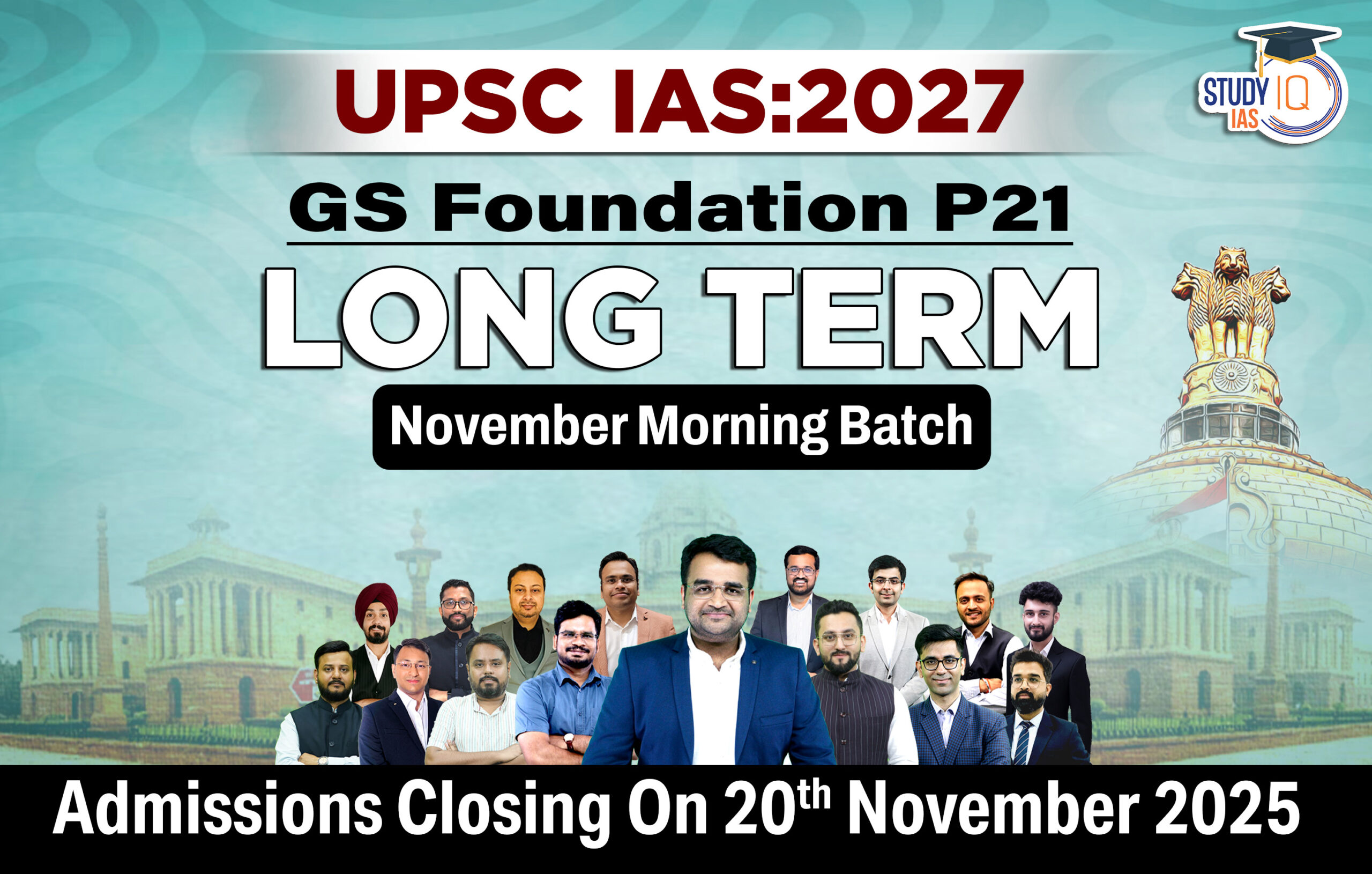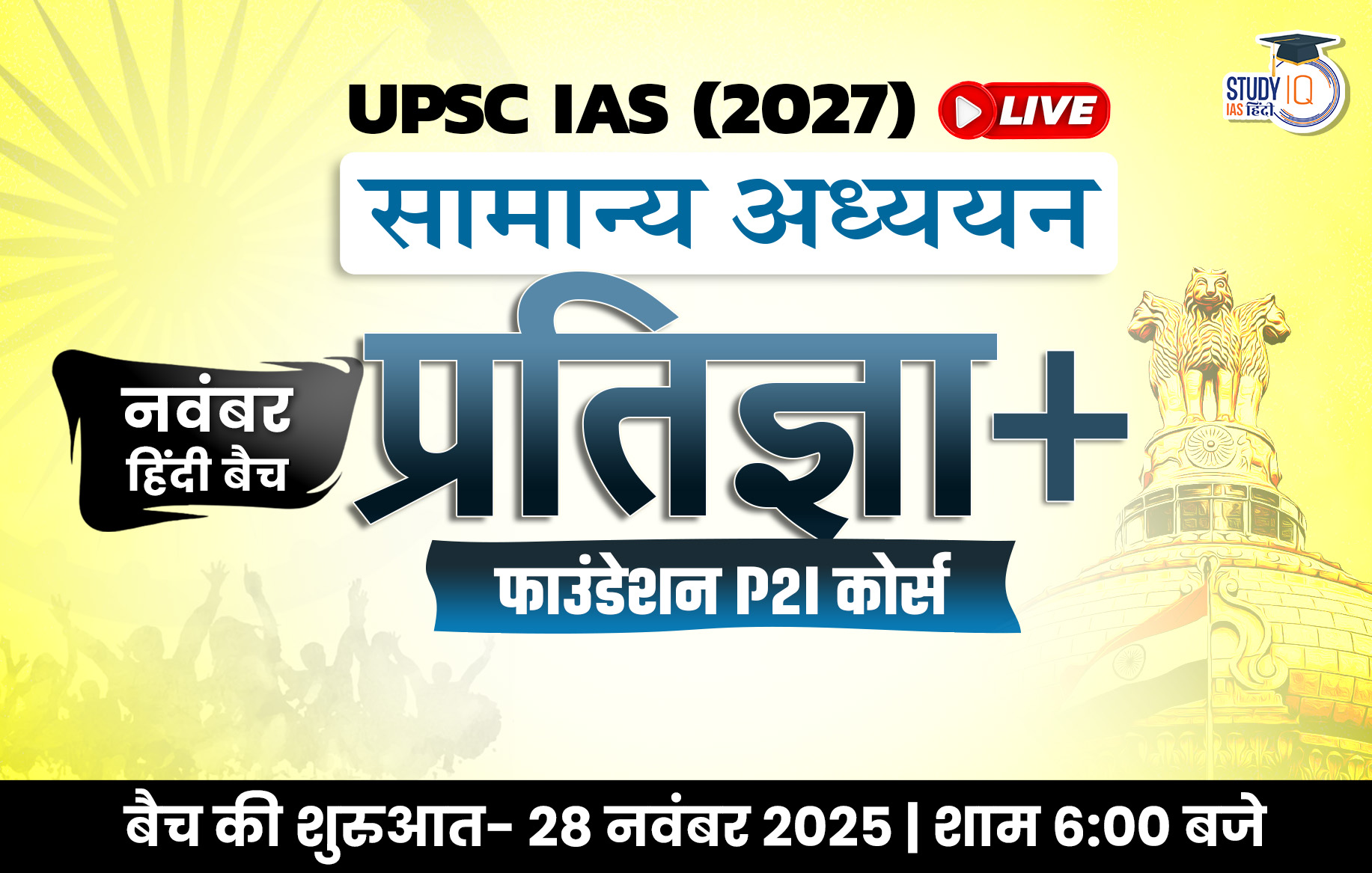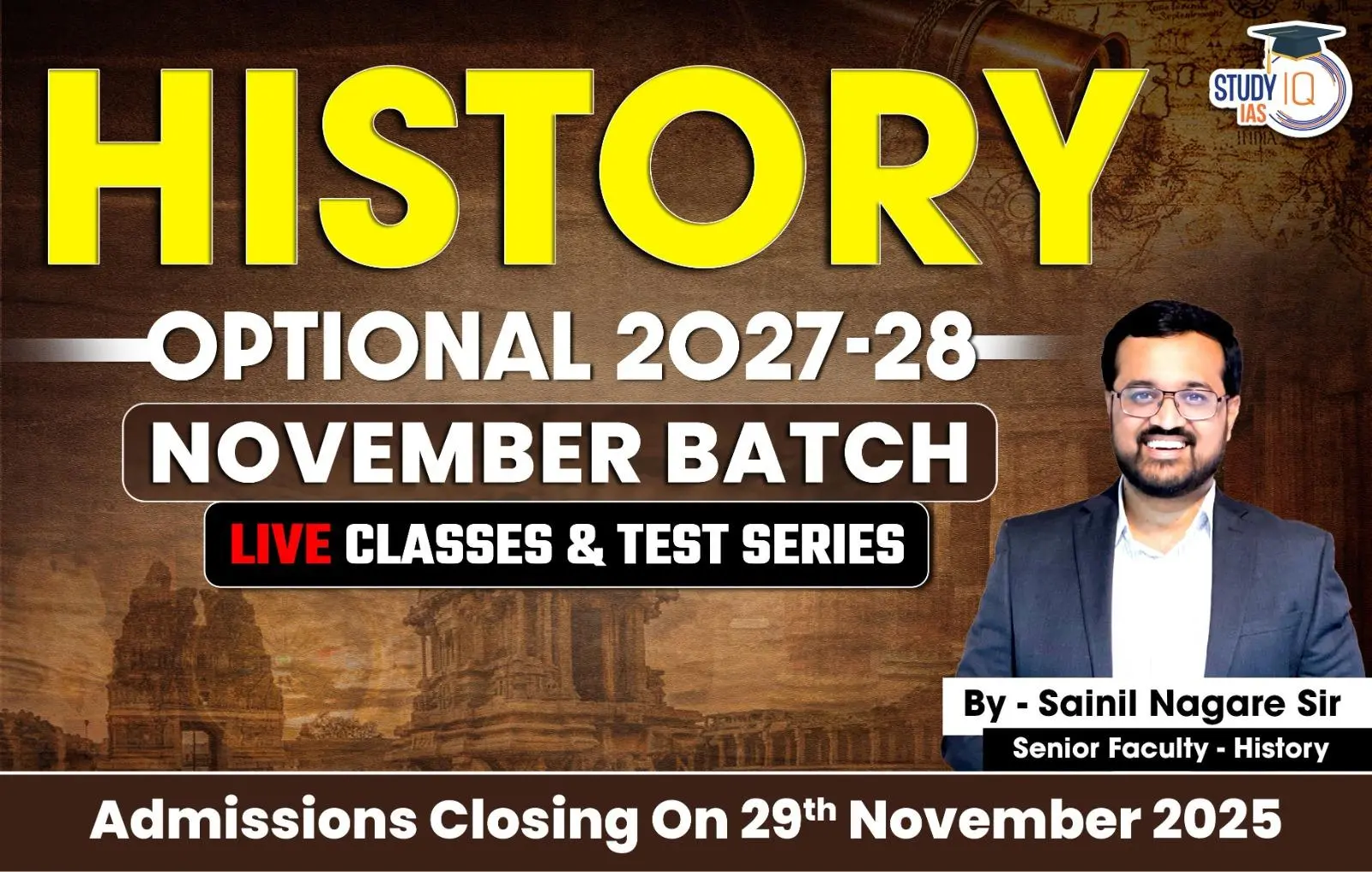Current Affairs 24th May 2023 for UPSC Prelims Exam
National Population Register
Context: According to an update by the National Population Register (NPR), citizens who want to exercise the right to fill the Census form on their own rather than through government enumerators, will have to first update their NPR details online.
What is National Population Register (NPR)?
- Definition: The NPR is a register of usual residents of the country. It is mandatory for every usual resident of India to register in the NPR.
- It includes both Indian citizens as well as a foreign citizen.
- Usual Resident: A usual resident is a person who has resided in a local area for the past 6 months or more or a person who intends to reside in that area for the next 6 months or more.
- Aim: The objective of the NPR is to create a comprehensive identity database of every usual resident in the country.
- The data collected under the NPR are shared with States and used by the Central government for various welfare schemes at the individual level.
- First NPR: The first National Population Register was prepared in 2010 and updating this data was done during 2015 by conducting door to door survey.
- Legality: The census is legally backed by the Census Act, 1948.
- The NPR mechanism is outlined under the Citizenship Act, 1955.
- Section 14A was inserted in the Citizenship Act, 1955, in 2004, providing for the compulsory registration of every citizen of India and the issue of a “national identity card” to him or her.
- It also said the Central government may maintain a “National Register of Indian Citizens”.
- Presiding Authority: According to in the Citizenship Act, 1955, the Registrar General India shall act as the “National Registration Authority” and will function as the Registrar General of Citizen Registration.
- Difference Between NPR and NRC: National Register of Citizens (NRC) is a register containing details of Indian Citizens living in India and outside India.
- NPR is not a citizenship enumeration drive, as it would record even a foreign national staying in a locality for more than six months. This makes NPR different from the NRC.
- NRC includes only Indian citizens while seeking to identify and exclude non-citizens.
- The NPR is the first step towards establishing the NRC.
- Issues with NPR:
- Privacy: The NPR collects the personal data of the residents like the Aadhaar, voter card, passport etc. This is a violation of a citizen’s fundamental right to privacy.
- Political Misuse: One of the scariest misuses of personal data by any government is for potential voter targeting.
- Constituencies could be demarcated on the basis of people’s religious, class or other categorizations.
Current Affairs 23rd May 2023 for UPSC Prelims Exam
Evolution of the UPSC
Context: The Union Public Service Commission (UPSC) released the Civil Services 2022 exam results yesterday.
History and Evolution of UPSC
- The UPSC has its genesis in the Civil Service Commission set up by the British government in 1854.
- Prior to this, civil servants for India were nominated by the East India Company, and then trained at Haileybury College in London.
- However, following a report by Lord Thomas Macaulay, it was decided that instead of nominations, civil servants should be selected through a competitive exam.
- Thus, the Civil Service Commission was set up, and for some years, exams were held only in London.
- It was a decade later, in 1864, that Satyendranath Tagore (brother of Rabindranath Tagore) became the first Indian to clear the exam.
- The exam started being held in India only from 1922, after the First World War.
- According to the UPSC website, the “origin of the Public Service Commission in India is found in the First Dispatch of the Government of India on the Indian Constitutional Reforms on the 5th March, 1919 which referred to the need for setting up some permanent office charged with the regulation of service matters.
- This concept of a body intended to be charged primarily with the regulation of service matters, found a somewhat more practical shape in the Government of India Act, 1919.
- Section 96(C) of the Act provided for the establishment in India of a Public Service Commission which should “discharge, in regard to recruitment and control of the Public Services in India, such functions as may be assigned thereto by rules made by the Secretary of State in Council”.
- On October 1, 1926, the Public Service Commission was set up in India.
- “The functions of the Public Service Commission were not laid down in the Government of India Act, 1919, but were regulated by the Public Service Commission (Functions) Rules, 1926 framed under sub-section (2) of Section 96(C) of the Government of India Act, 1919.
- Further, the Government of India Act, 1935 envisaged a Public Service Commission for the Federation and a Provincial Public Service Commission for each Province or group of Provinces.
- Therefore, in terms of the provisions of the Government of India Act, 1935 and with its coming into effect on 1st April, 1937, the Public Service Commission became the Federal Public Service Commission,”
- After independent India adopted its Constitution on January 26, 1950, the Federal Public Service Commission became the Union Public Service Commission, under Clause (1) of Article 378 of the Constitution.
Smart Cities Mission (SCM)
Context: Recently, Central government said that more than 90% of the funds allocated under the Smart Cities Mission (SCM) have been utilised till now, while 73% of the projects have been completed.
Highlight
- As of May 1, a total of ₹38,400 crore was released under the mission, of which ₹35,261 crore has been utilized.
- SCM has around 7,800 projects worth ₹1.8 lakh crore, of which more than 5,700 projects worth ₹1.1 lakh crore have been completed.
- All remaining projects were expected to be completed by June 30, 2024.
- However, only 22 out of 100 cities have been able to finish all projects commissioned under it.

About Smart Cities Mission
- It was launched on June 25, 2015.
- Aim: To enhance the quality of life for citizens by providing core infrastructure, a clean and sustainable environment, and implementing smart solutions.
- Objective: To promote cities that provide core infrastructure and give a decent quality of life to its citizens, a clean and sustainable environment through the application of ‘Smart’ solutions.
- Focus: Sustainable and inclusive development by creation of replicable models which act as lighthouses to other aspiring cities.
- Mission is operated as a Centrally Sponsored Scheme.
- Between January 2016 and June 2018 (when the last city, Shillong, was chosen), the Ministry selected 100 cities for the Mission over five rounds.
Six fundamental principles on which the concept of Smart Cities is based are:

Feature of Smart City Mission (SCM)
- For each smart city, a Special Purpose Vehicle (SPV) has been created to plan, appraise, approve, release funds, implement, manage, operate, monitor and evaluate the Smart City development projects.
- Smart City Advisory Forum (SCAF) has also been established at the city level to advise and enable collaboration among various stakeholders.
- Emphasis has been given on the participation of private sector through Public Private Partnerships (PPP).
- Citizens’ aspirations were captured in the Smart City Proposals (SCPs) prepared by the selected cities.
- Successful Deployment of The Integrated Command and Control Centres (ICCCs): ICCCs build better situational awareness by the use of cutting-edge technologies and provide consolidated visualization for civic officials across urban functions to handle day-day work/ issues/ exigencies through detailed SOPs.
- Secretary of the Ministry of Housing and Urban Affairs chairs the Apex Committee overseeing the Smart Cities Mission, which uses the Real Time Geographical Management Information System (GMIS) to track the progress of projects.
Non-Communicable Diseases (NCD)
Context: Recently, Central Government released operational guidelines for the management of non-communicable diseases in India.
About Non-Communicable Diseases (NCD)
- NCDs, also known as chronic diseases, tend to be of long duration and are the result of a combination of genetic, physiological, environmental and behavioural factors.
- The main types of NCD are cardiovascular diseases (such as heart attacks and stroke), cancers, chronic respiratory diseases (such as chronic obstructive pulmonary disease and asthma) and diabetes.
- Reason: Tobacco use, unhealthy diet, harmful use of alcohol, physical inactivity and air pollution are the main risk factors contributing to these conditions.

NCD Risk Profile
- According to the World Health Organization (WHO), NCDs kill 41 million people each year, equivalent to 74% of all deaths globally.
- As per the WHO – NCD India profile – 2018, NCDs are estimated to account for 63% of all deaths in country of which the cardiovascular diseases lead with 27% overall mortality cause followed by chronic respiratory diseases (11%), cancers (9%), diabetes (3%) and others (13%).
Highlight of Guideline
- Guidelines are drafted focusing on primary and secondary prevention clinical support for NCDs.
- The government has identified other priority NCD conditions beyond common NCDs and widened the ambit of the programme by including Chronic Obstructive Pulmonary Disease (COPD) and Asthma, Chronic Kidney Disease (CKD), Non-Alcoholic Fatty Liver Disease (NAFLD), Pradhan Mantri National Dialysis Programme (PMNDP).
- Government has also renamed National Programme for Prevention and Control of Cancer, Diabetes, Cardiovascular Diseases and Stroke (NPCDCS) as the National Programme for Prevention and Control of Non-Communicable Diseases (NP-NCD)
About NPCDCS/ NP-NCD
- NPCDCS programme was launched in 2010 as part of the National Health Mission (NHM).
- It focuses on strengthening infrastructure, human resource development, health promotion and awareness generation for prevention, early diagnosis, management and referral to an appropriate level of healthcare facility for treatment of the NCDs.
- Under the programme, 677 NCD clinics at the district level, 187 district cardiac care units, 266 district daycare centres and 5392 NCD clinics at the community health centre level have been set up to ensure the treatment of common NCDs.
About National Health Mission (NHM)
- The National Health Mission was launched by the Ministry of Health and family welfare in 2013 to ensure the proper distribution of health services to poor people.
- It subsumed National Rural Health Mission (Launched in 2005) and the National Urban Health Mission.
- NHM is being implemented to address common NCDs like Cardiovascular Diseases, hypertension, diabetes, cancer, Chronic Obstructive Pulmonary Disease (COPD), and asthma, chronic kidney diseases, etc.
Kunming-Montreal Global Biodiversity Framework (GBF)
Context: Recently, International Day for Biological Diversity was celebrated.
Highlight
- Aim: To promote comprehension and consciousness of biodiversity concerns.
- It is also referred to as World Biodiversity Day.
- Theme: From agreement to action: Build back biodiversity.
- It underscores the significance of effectively implementing the goals outlined in the Convention on Biological Diversity (CBD) and other international agreements, including the Sustainable Development Goals (SDGs), as a means to tackle the ongoing global biodiversity crisis.
- Last year at 15th Conference of Parties (COP15) to the UN Convention on Biological Diversity, “Kunming-Montreal Global Biodiversity Framework” (GBF) was adopted.

Highlights of “Kunming-Montreal Global Biodiversity Framework” (GBF)
| Heads | Details |
| Conservation, Protection and Restoration |
|
| Money for Nature |
|
| Reporting by Big Companies |
|
| Harmful Subsidies |
|
| Other Important Targets for 2030 |
|
| Monitoring and Reporting Progress |
|

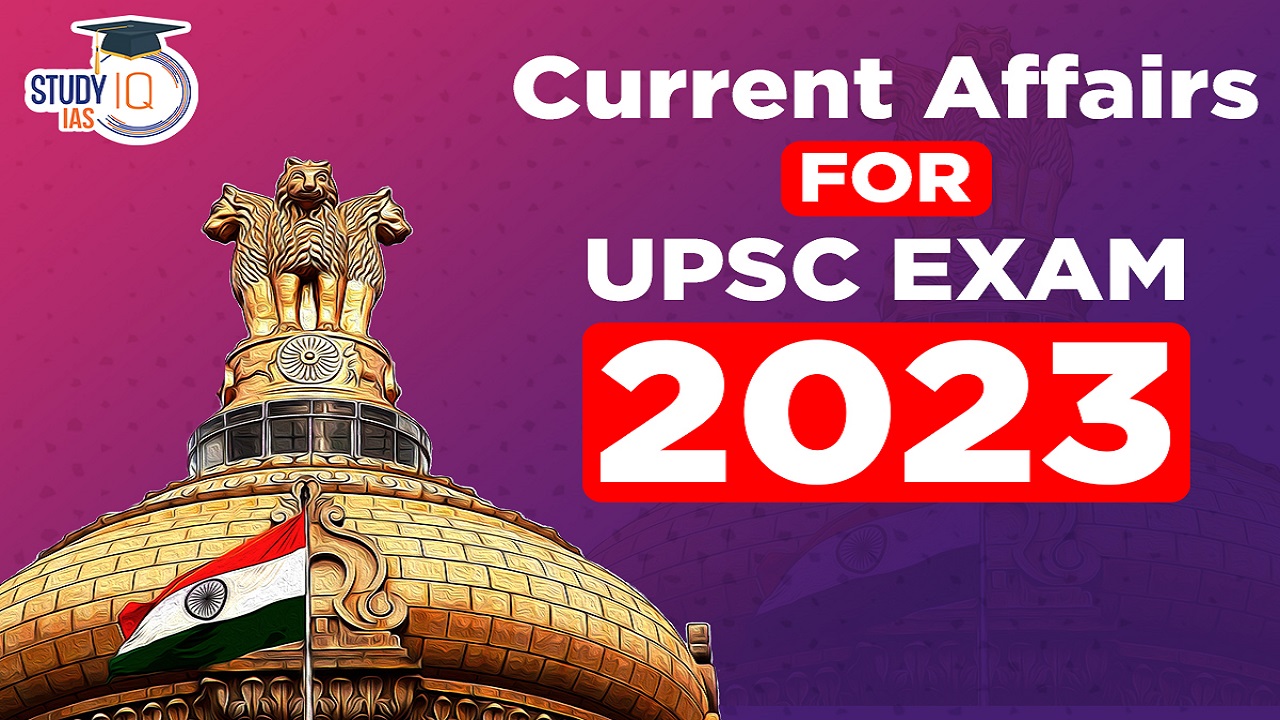
 UPSC EPFO Admit Card 2025 Out @ upsc.gov...
UPSC EPFO Admit Card 2025 Out @ upsc.gov...
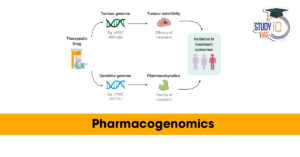
 Mount Semeru Eruption 2025: Indonesia’...
Mount Semeru Eruption 2025: Indonesia’...

